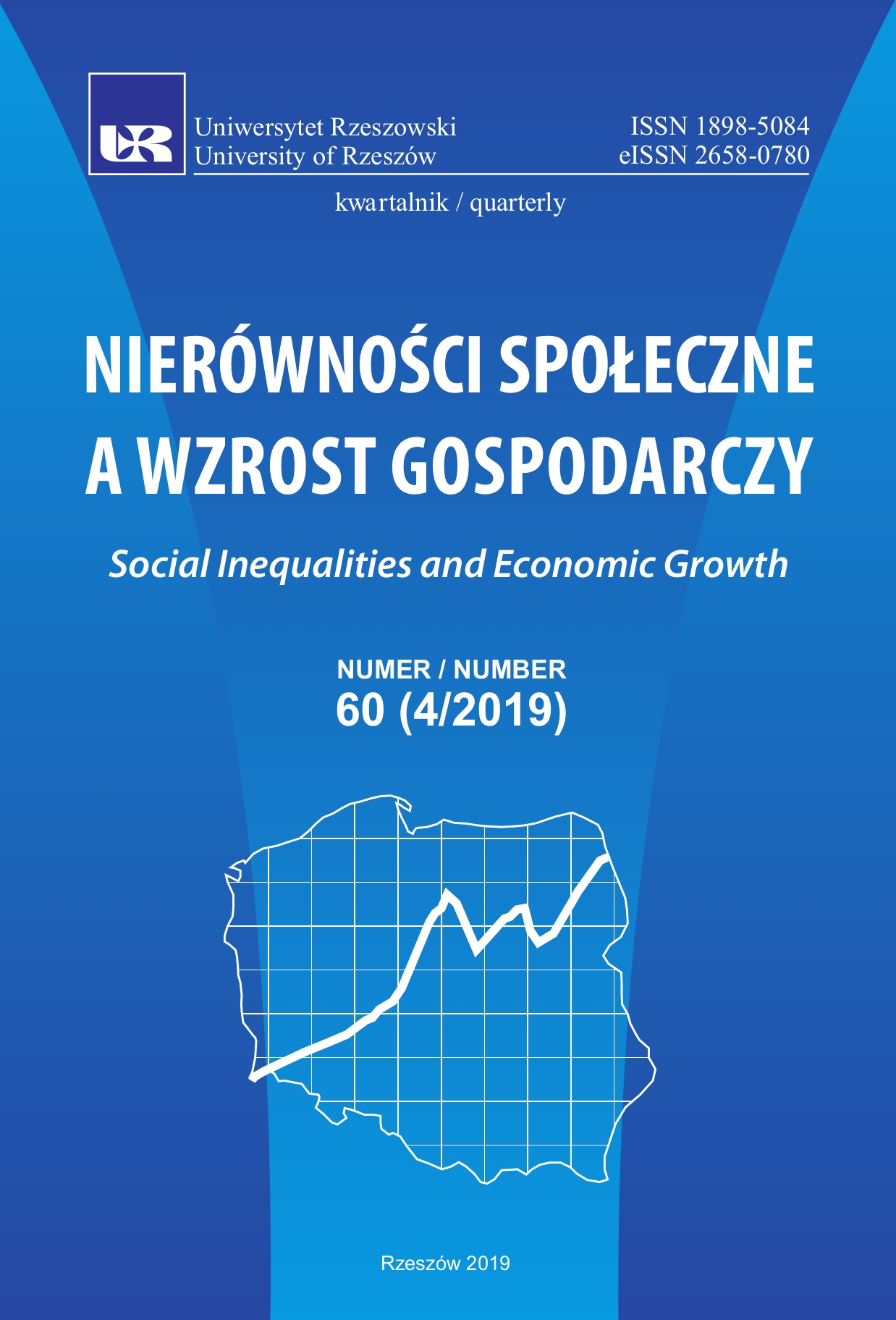Quality of life in the countryside after Poland’s accession to the European Union
DOI:
https://doi.org/10.15584/nsawg.2019.4.2Keywords:
quality of life, rural areas, cities, housing situation, infrastructureAbstract
The purpose of the study is to assess changes in the quality of life of the rural population in the period after Polish accession to the European Union (years 2006–2016). The study was conducted on the basis of the results of the European Survey on Income and Living Conditions (EU-SILC) and household budgets survey by CSO. The assessment of the quality of life of the rural population was based on indicators characterizing the objective living conditions (income, expenses, infrastructure, environment, housing and furnishings) and on a subjective assessment. In the assessment of the quality of life, the environmental and climate advantages of rural areas were not taken into account. Basic indicators relate to individuals or households. Quality of life in rural areas is worse than in the cities, which is primarily due to the lower income of rural residents. Also, the level of expenditure is lower, mainly with respect to higher needs. The equipment of households with basic technical installations and durable goods, especially modern, is also worse in rural areas than in urban areas. The rural population subjectively evaluates their quality of life as worse than the urban population and they also believe that the ability to satisfy their needs is worse than in the cities.Downloads
Download data is not yet available.
Downloads
Published
2020-11-13
How to Cite
Chmielewska, B., & Zegar, J. S. (2020). Quality of life in the countryside after Poland’s accession to the European Union. Social Inequalities and Economic Growth, 4(60), 31–44. https://doi.org/10.15584/nsawg.2019.4.2
Issue
Section
Articles
License
Copyright (c) 2019 University of Rzeszow

This work is licensed under a Creative Commons Attribution-ShareAlike 4.0 International License.


